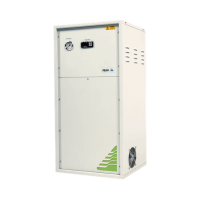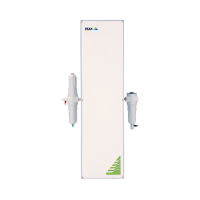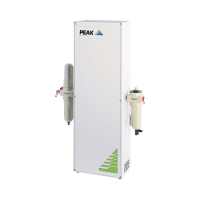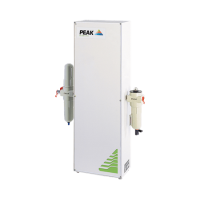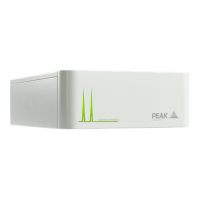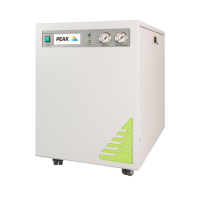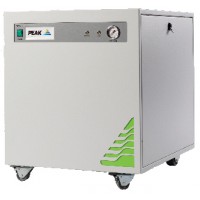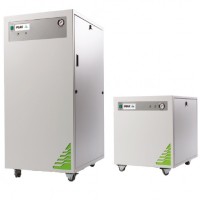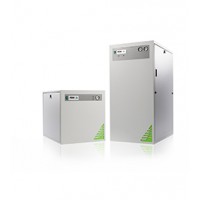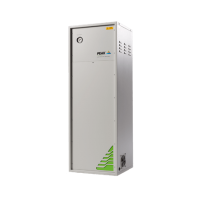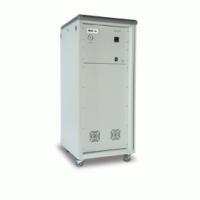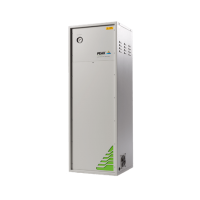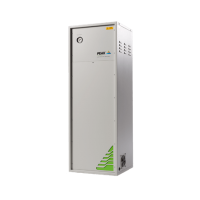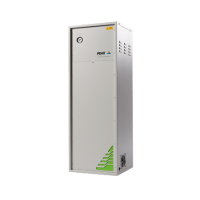Gas Generators
Gas Generators provide a constant supply of gas for lab applications without risking the safety for lab users.
Main applications supported by gas generators in the analytical lab:
- GC-MS
- LC-MS
- GC
- TOC
- FTIR
Variety of sample preparation techniques such as static
or dynamic headspace and automated evaporation systems
- A modular gas generation solution
How Gas generators Work?
Nitrogen generators use a supply of dry, oil-free air to purify nitrogen via a selectively permeable membrane or carbon molecular sieve material which removes oxygen, carbon monoxide and carbon dioxide. Purified nitrogen is then stored in a buffer tank to ensure constant flow and pressure of nitrogen is supplied to the application.
Purified Air generators also require a supply of dry, oil-free compressed air which is passed through a catalyst chamber, or filtration system to remove methane, CO2 moisture and carbon monoxide. Gas is supplied to application from a buffer tank so that flow and pressure remain constant.
Hydrogen generators electrolyse deionised water to oxygen and hydrogen via a proton exchange membrane (PEM). Hydrogen ions diffuse through the PEM membrane whereas oxygen is retained and is then vented to atmosphere. The hydrogen is then further purified using a desiccant drier or pressure swing adsorption drier before being supplied to the application.

